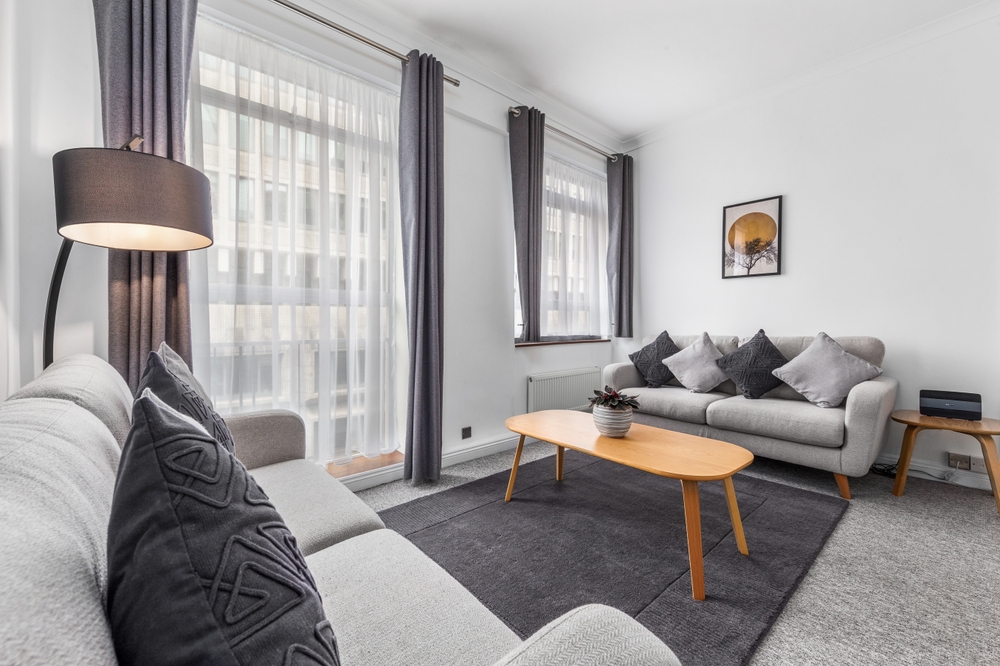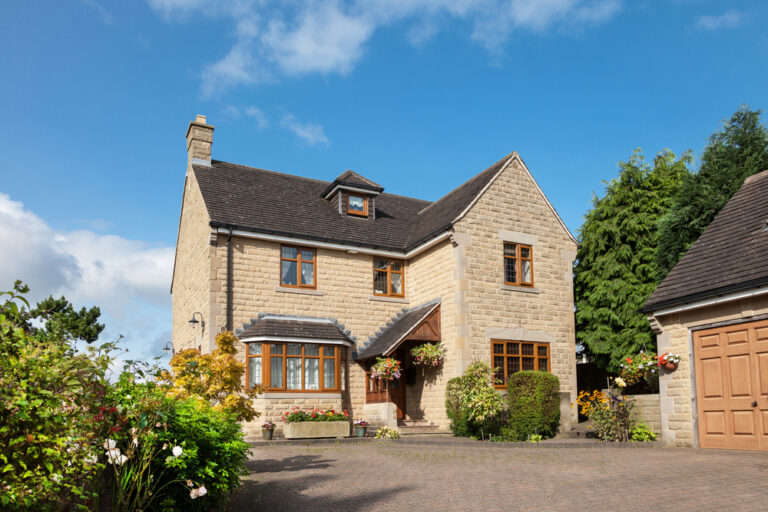When you’re buying a home, it’s natural to focus on the chain, the price and the survey. But equally important is understanding exactly what’s included when you get the keys. That’s when it helps to understand what chattels are.
Chattels often cause confusion at conveyancing stage – and for buyers, clarity here prevents unwelcome surprises on moving day.
Related: What is the difference between conveyors, solicitors and surveyors?
Chattel definition in property
Chattels are moveable personal property – items that are not permanently attached to the land or building. Typical examples include:
- Free-standing furniture
- Freestanding white goods like fridges and washers
- Curtains, rugs and blinds
- Garden ornaments and tools
These remain personal chattels, meaning the seller can remove them unless you agree otherwise.
How chattels differ from fixtures
In contrast, fixtures are items firmly attached to the property. These typically include fitted kitchens, built-in wardrobes, bathroom suites and central heating systems.
Chattels that have been permanently fixed in place, such as a wall-mounted unit or integrated appliance are usually treated as fixtures.
As a buyer, it’s important to review the fixtures and fittings form (TA10) carefully. This document outlines exactly which items are included in the sale and helps ensure there are no surprises on moving day.
Related: Our guide to a stress-free moving day
Navigating grey-area items
Some items fall into a grey area. For example:
- Wall-mounted TVs (is the bracket included?)
- Garden sheds (is it portable or fixed?)
- Mirrors glued to walls
- Curtain poles or blinds
The UK legal system often considers two key tests:
- Degree of attachment – is the item fixed to the property?
- Purpose of attachment – was it meant to improve the building or just support the item?
If in doubt, clarify with your estate agent or solicitor, and make sure it’s listed on the TA10 form.
Why clarity matters for buyers
Without clear agreements, you might move in to find a missing fridge or empty garden space you assumed was included. Or you may discover an extra cost for a large appliance that wasn’t discussed earlier.
That’s why you should always:
- Review the TA10 fixtures and fittings form carefully
- Ask about anything unclear during the viewing or offer stage
- Confirm agreements in writing
Misunderstandings around fixtures and fittings are a common source of buyer complaints – and can even delay completion if not addressed early.
Related: House hunting tips for first time buyers
Chattels and stamp duty land tax (SDLT)
Chattels are not considered part of the land or property and therefore do not attract SDLT. Fixtures, on the other hand, do form part of the property’s value and are taxed accordingly.
For buyers, this means:
- Chattels like curtains or white goods won’t impact your SDLT
- Fixtures like kitchen cabinets will
- Inflating the chattel value in contracts to reduce SDLT can raise red flags with HMRC
Chattel real and leasehold properties
If you’re buying a leasehold property, the lease itself is known in legal terms as a chattel real – a personal right to occupy the property for a set period. Unlike freehold ownership, you don’t own the land.
This distinction affects how your solicitor structures the contract and lease terms. It’s worth understanding if you’re purchasing a flat or shared-ownership home.
Related: The pros and cons of shared ownership
Buyer checklist for chattels
To avoid confusion or surprises, here’s a quick buyer-focused checklist:
- Check the TA10 form closely
- Confirm what’s included before making your offer
- Clarify any grey-area items like garden structures or white goods
- Don’t rely on verbal agreements – get it all in writing
- Understand what’s included in your mortgage and SDLT calculation
Related: Understanding closing costs: what buyers need to know
Quick comparison: chattels vs fixtures
| Feature | Fixture | Chattel |
| Permanence | Attached by screws, plumbing, etc | Moveable without damage |
| Included by default | Yes | No (unless agreed in writing) |
| SDLT chargeable? | Yes | No |
| Examples | Fitted kitchen, built-in wardrobes, radiators | Curtains, rugs, freestanding appliances |
Talk to Parkers for tailored advice
At Parkers, we know that buying a property comes with a lot of moving parts – and knowing what comes with the house is one of them. Our local experts are here to help you make sense of what counts as a chattel, what fixtures are included and how to ensure everything is agreed clearly.
Get in touch with your nearest Parkers branch for practical, honest advice to guide your next move.







